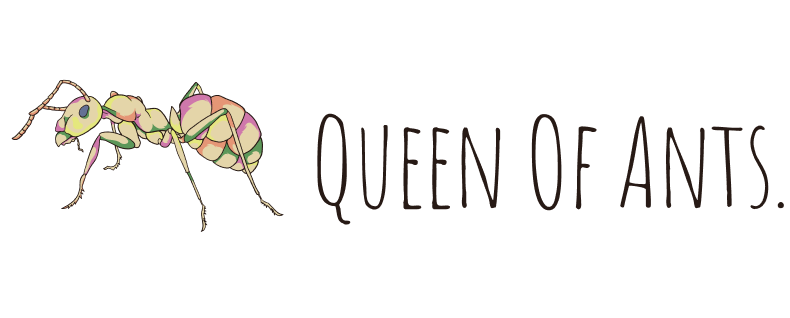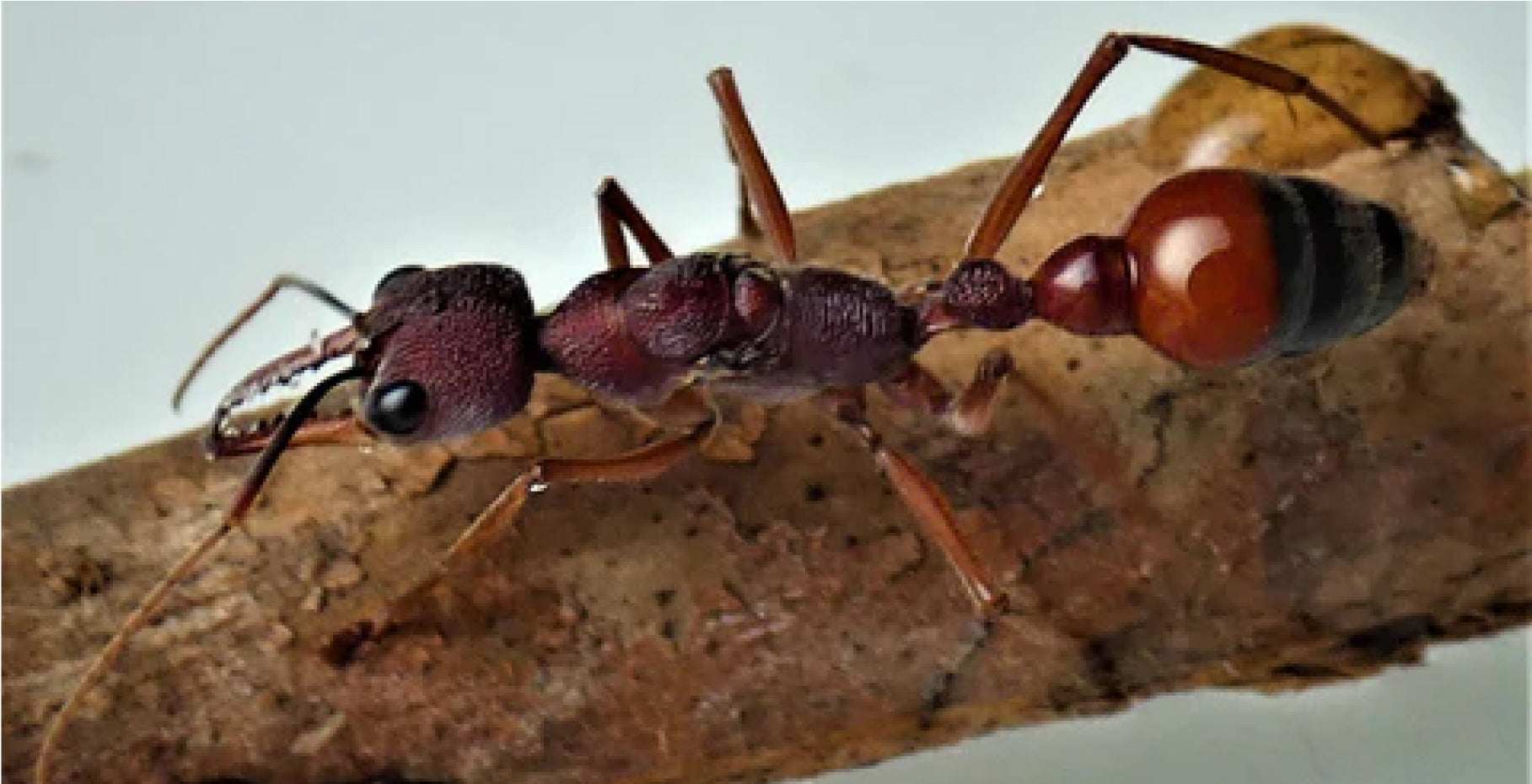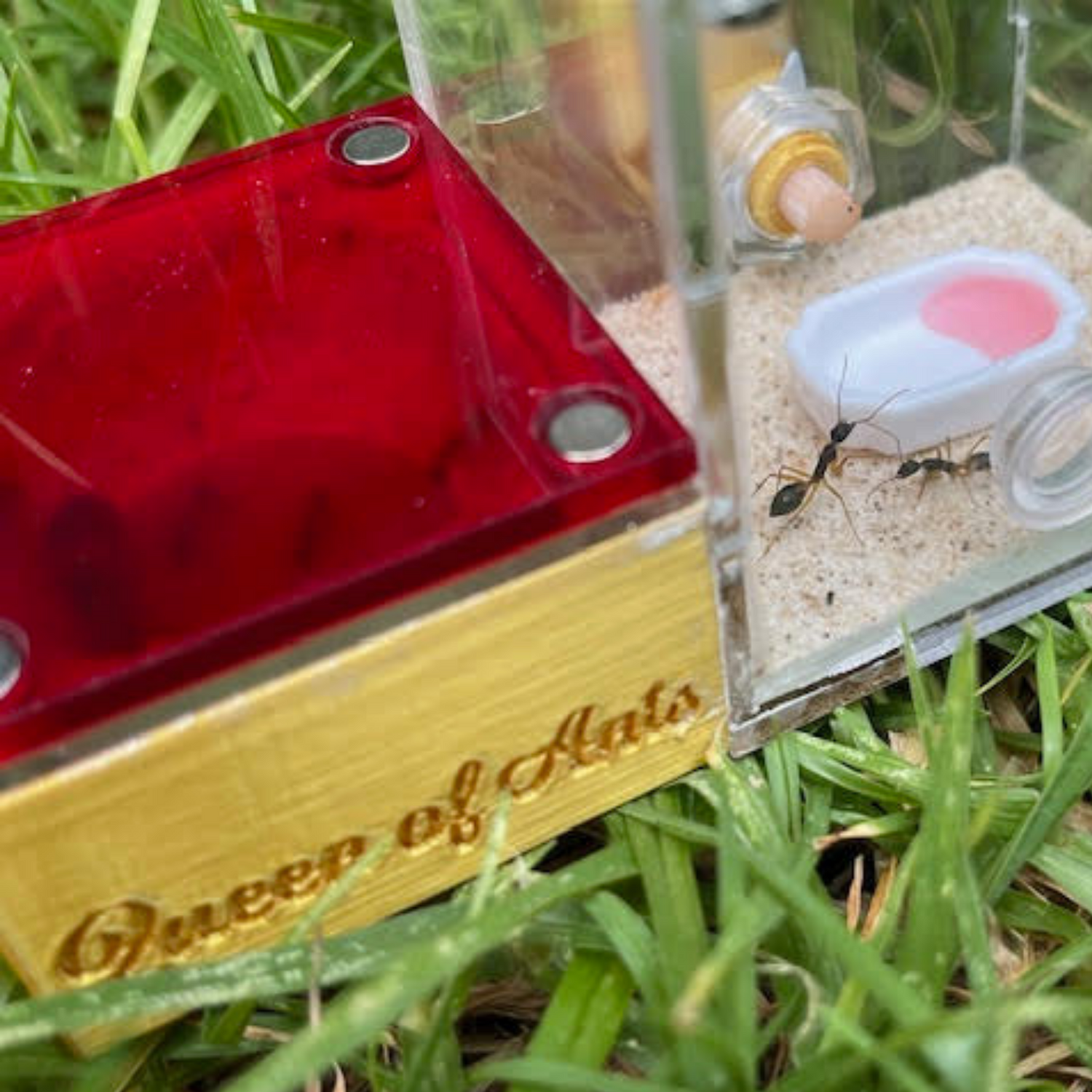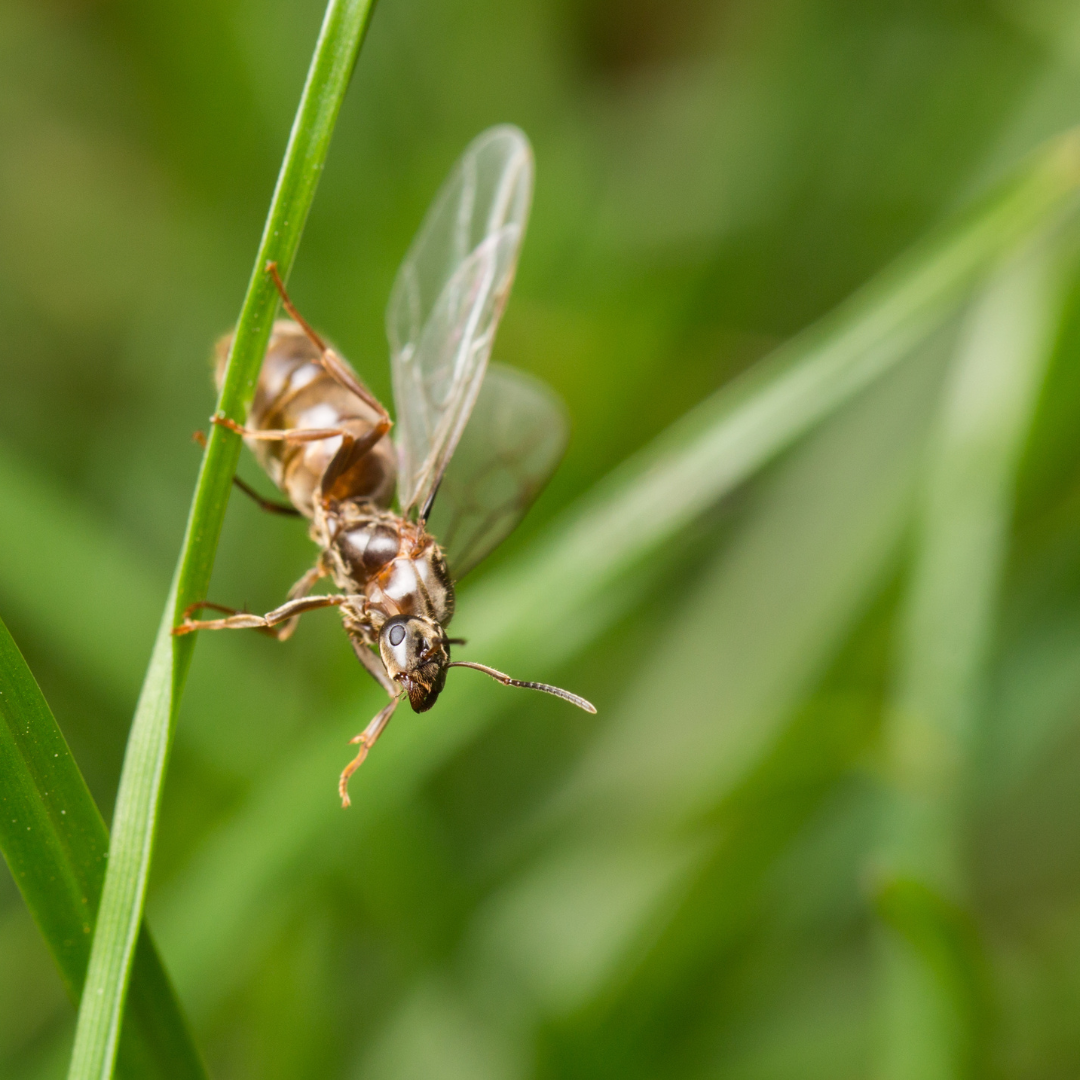Ants Down Under: Unveiling the Vital Role of Ants in the Australian Ecosystem

Australia, with its diverse landscapes and unique wildlife, is home to a variety of fascinating creatures. Among them, ants take centre stage in the intricate dance of the ecosystem. Often overlooked, these tiny yet mighty insects play a crucial role in maintaining the balance of the Australian environment. In this blog post, we'll delve into the diverse functions ants fulfil and why their presence is indispensable to the health and vitality of the continent's ecosystems.

- Seed Dispersal: Australian ants are active participants in seed dispersal, a vital ecological process. They collect seeds from various plants and disperse them across different locations, aiding in the establishment and regeneration of plant species. This role contributes to biodiversity and the overall health of Australia's unique flora.
- Soil Aeration and Nutrient Cycling: Ants are diligent workers when it comes to soil maintenance. Their constant digging and tunnelling activities aerate the soil, enhancing its structure and nutrient content. Through their decomposition of organic matter, ants also contribute to nutrient cycling, promoting healthier and more fertile soils.
- Predator and Prey Dynamics: Ants are key players in the intricate web of predator and prey relationships. They serve as both predators and prey for a myriad of other organisms, contributing to the regulation of insect populations. By controlling the abundance of certain insects, ants help maintain a delicate ecological balance. They are the main food source for some iconic Australian animals such as Echidnas.
- Ecosystem Engineers: Ants are true ecosystem engineers, modifying their habitats to suit their needs. Their nest-building activities contribute to the creation of microhabitats that support various plant and animal life. These modified environments often have a positive impact on the overall biodiversity of the region.
- Pollination Assistance: While ants are not primary pollinators like bees, some species play a role in the pollination of certain plants. By visiting flowers in search of nectar and inadvertently transferring pollen, ants contribute to the reproductive success of specific plant species. Flowering smokebush Conospermum plants in Australia's southwest have evolved to enable ants to pollinate them as effectively as native bees.
- Biological Pest Control: Many ant species are natural predators of pests that can harm crops and vegetation. Through their foraging activities, ants help control the population of insects that might otherwise become problematic, offering a form of natural pest control in the Australian landscape.
- Survival Adaptations: Australian ants have evolved unique adaptations to thrive in diverse and often harsh environments. Their ability to withstand extreme temperatures and scarcity of resources contributes to the resilience and adaptability of ecosystems in regions such as the arid Outback.
Ants may be small in size, but their impact on the Australian environment is immense. From promoting biodiversity and soil health to participating in predator-prey dynamics, these industrious insects play a multifaceted and irreplaceable role in maintaining the delicate balance of ecosystems across the continent.
Recognizing and appreciating the importance of ants in the Australian environment is a crucial step towards fostering a deeper understanding and conservation of this fascinating aspect of Down Under's biodiversity.




